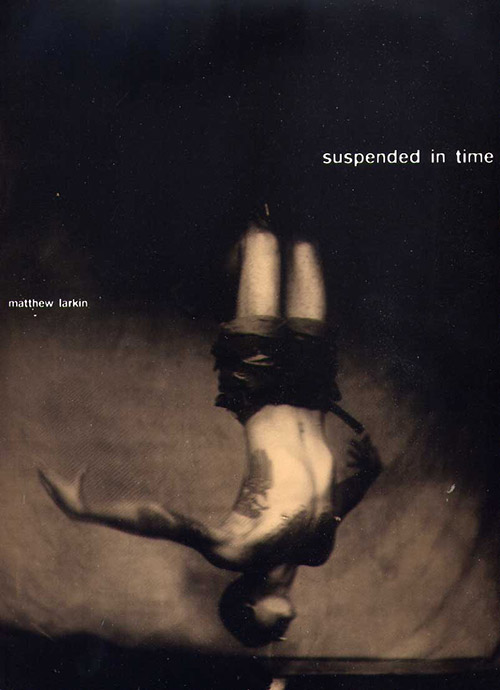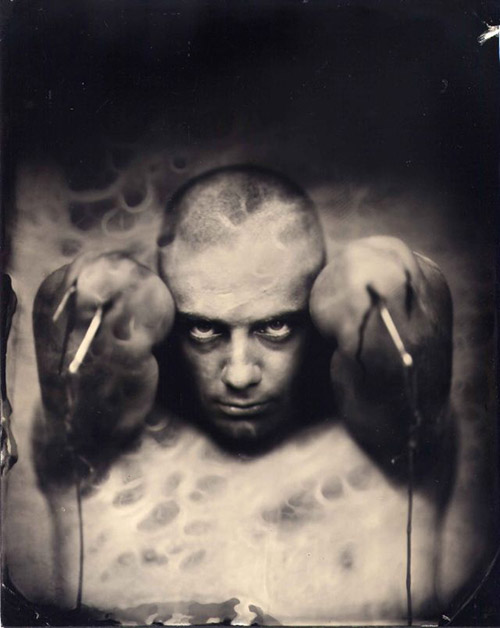Wet plate collodion artist and educator Will Dunniway writes:
Greetings ~ I have been practicing in this craft since 1990 and just recently have begun to teach this skill in wet plate collodion workshops across the country. The workshops in Corona are for 2 days and the Montana workshop, 4 days. My experience credentials to teach this all but lost 19th century process is my years in the field working with this wet plate collodion process. For inquiries email me at: silverandsun@mac.com, or go to my web site www.collodion-artist.com for more information.
On my web page, the workshop schedule is being revised. The following is the latest. Thanks, and just maybe I will be hearing from a few of you>>>Will
The basic course description
Students will learn the making of ambrotypes (glass direct positives) and tintypes. (Ferrotypes, tin plate direct positives) Students are guided through the process step-by-step from the mixing, pouring, exposing and development of plates poured with wet collodion. The newest edition now is 4 color of the manual, Making the Wet Collodion Plate in 16 Steps manual by Will Dunniway is included along with all materials in the course fee. Students will use a period 1860 field camera with 1860-70 lenses. Workshop features 2 days of intensive hands-on training in the making of ambrotypes, ferrotypes (tintypes), and glass plate negatives. Each student will make and take home a self-portrait/still life tintype/ambrotypes. All materials and equipment provided.
The 4 day workshops include a day shooting with a Brownie type box camera that you keep. Intensifying glass negatives and printing from these negatives with salt paper.
January 19–20, Corona, California – WINTER Wet Plate collodion Workshop
Collodion Photography
Tentative, see www.collodion-artist.com
April 12–13, Corona, California – Julia Dean Wet Plate Collodion Workshop
Collodion Photography
Tentative, www.juliadean.com/2008summer/collodion.html
June 20–21, Corona, California – Summer Wet Plate Collodion Workshop
Collodion Photography
Tentative, see www.collodion-artist.com
July 6–11 Condon, Montana – Photographer Formulary Workshop on Collodion Photography
(See: www.photoformulary.com to register)
October 4–5, Corona, California – FALL Wet Plate collodion Workshop
Collodion Photography
Tentative, see www.collodion-artist.com


